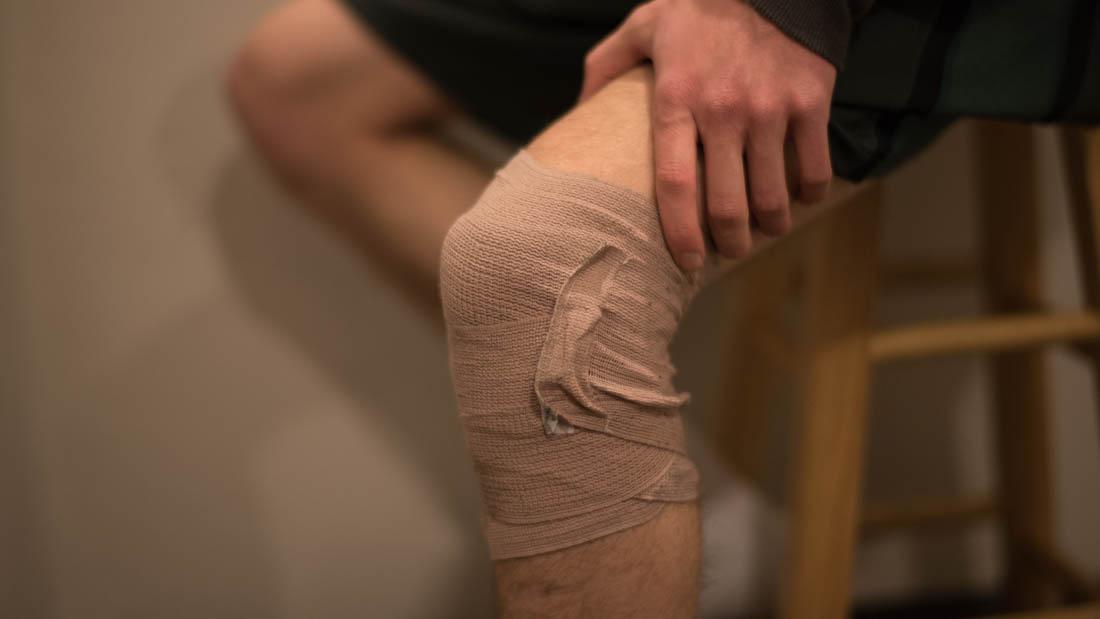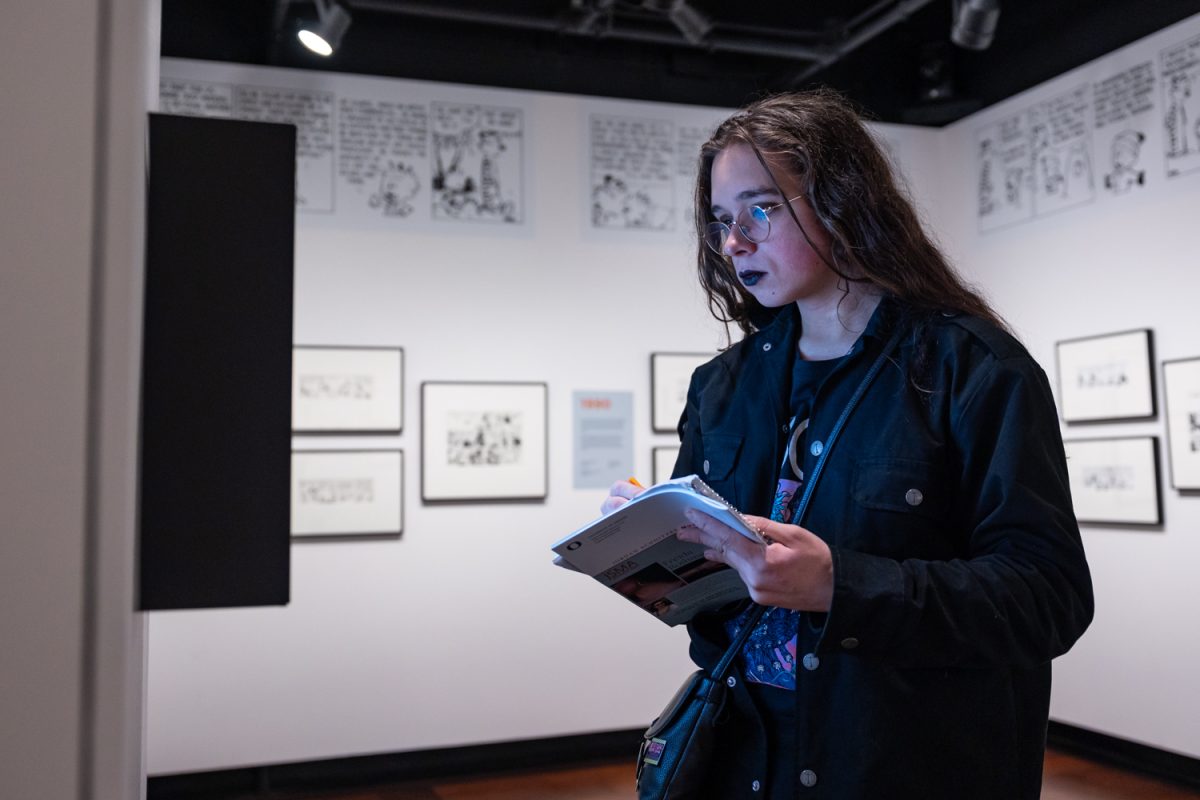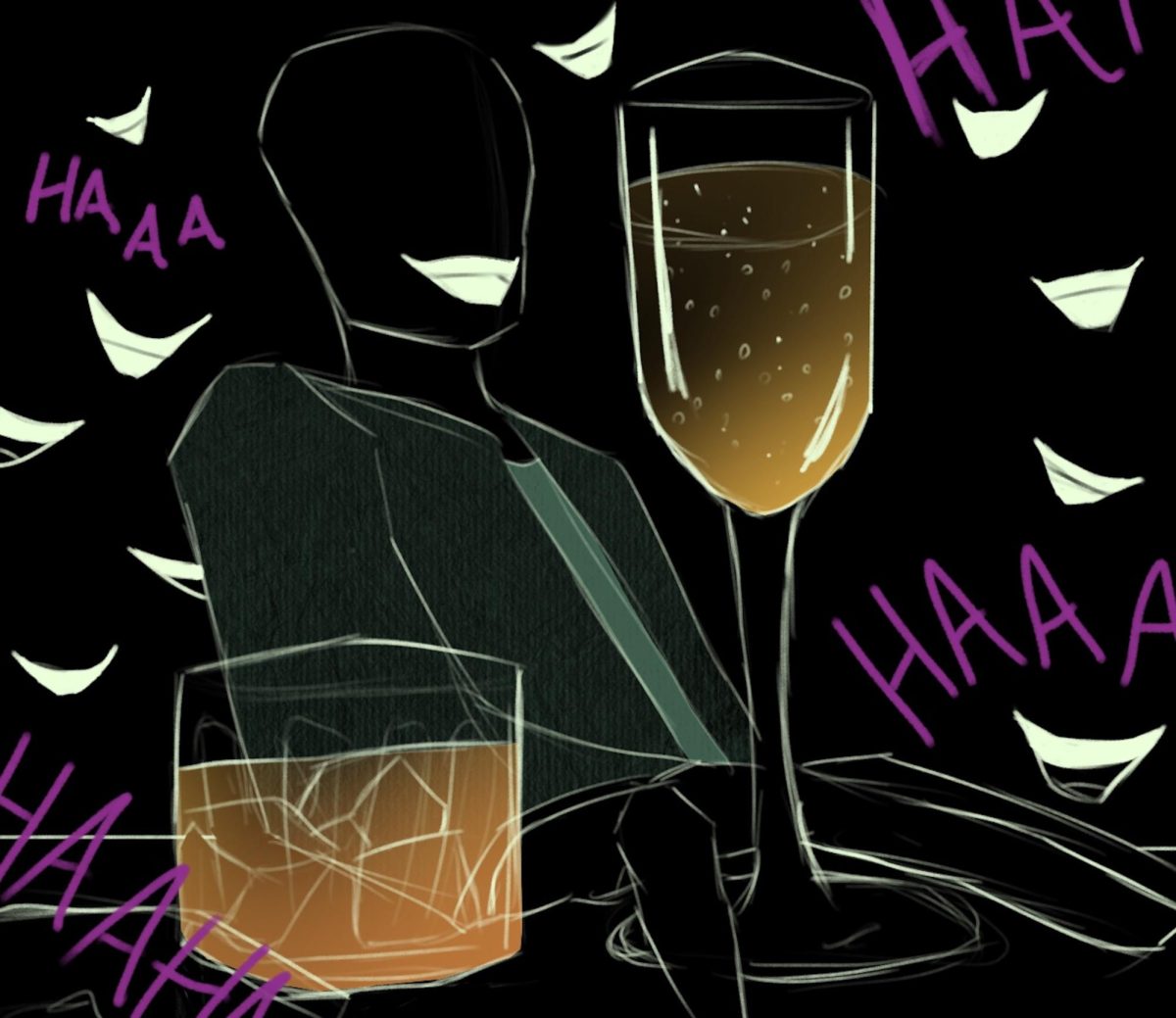Sore muscles and joint pain can be a problem for anyone. But students can be particularly susceptible to these aches and pains because of bad posture from studying, muscle overuse and sitting in sustained positions for prolonged periods of time. Stresses from exams, extracurricular activities and family or social problems can also exacerbate existing issues.
Clodagh Thompson, physical therapy and sports medicine manager at University of Oregon’s Health Center, explains that sore muscles are often onset by muscle tension that cuts off circulation. After muscles breach their tension threshold, pain impulses are sent to the brain.
According to Thompson, most sore muscles or joints are caused by postural stresses such as studying with a forward slumped head or shoulders. Keeping your body in a neutral position — when your head, neck, shoulders and hips are in line — as often as possible can be helpful in combating a sore neck, shoulders or back. While slumping is natural and students can hardly be expected to keep perfect posture at all times, Thompson recommends people check and fix their posture periodically throughout the day.
If students feel sore after waking up at night — or even throughout the day— Thompson advises keeping a neutral position while sleeping. This can be done with a comfortable mattress — not too firm or too soft, just enough pillow under the neck to keep it in line with the shoulders with pillows placed under or between the knees.
Neutral positioning can also help sore wrists. When typing or writing, students should avoid keeping their wrists too high or low, instead opting for a 45-degree angle, according to Thompson.
“Things you’re doing day-in and day-out can often have the biggest impact as opposed to something traumatic happening,” Thompson said.
Sore foot issues can arise from worn-out shoes. While optimal footwear style varies from one person to the next, the most important factor is comfort. If students have a hard time finding comfortable shoes, the Health Center can run tests to match them up with ideal footwear.
When forced into sitting for an extended period of time, taking small breaks, gently stretching throughout the day and staying hydrated can increase circulation in the muscles. For particularly sore joints and muscles, a heat compress can offer relief.
Students feeling less extreme pain can try these strategies, and if they are still experiencing pain after a few days, it is recommended to consult a specialist.
The Health Center’s physical therapy department offers many services including massage therapy, acupuncture and physical therapy. It is open to all UO students and prices can be found on its website.
Sore muscles? These tips will help
Patience Greene
February 9, 2017
Sore muscles and joint pain can be a problem for anyone. But students can be particularly susceptible to these aches and pains because of bad posture from studying, muscle overuse and sitting in sustained positions for prolonged periods of time. Stresses from exams, extracurricular activities and family or social problems …
0
More to Discover







